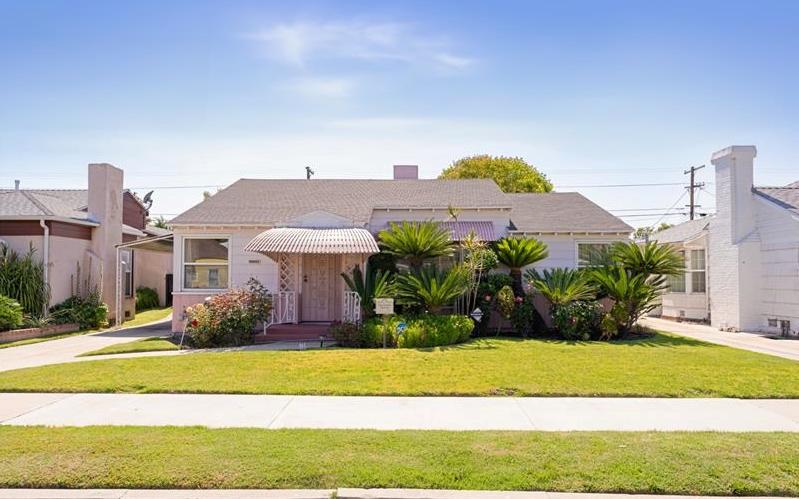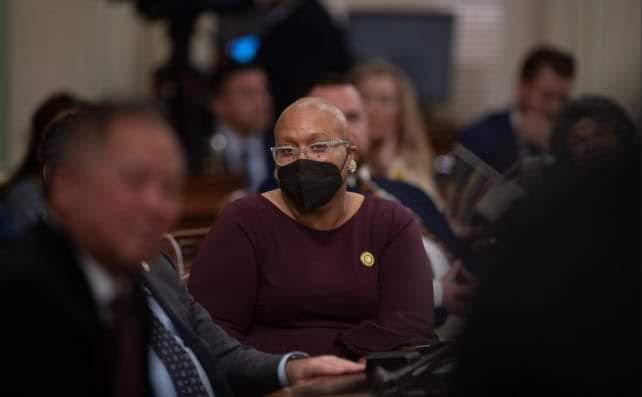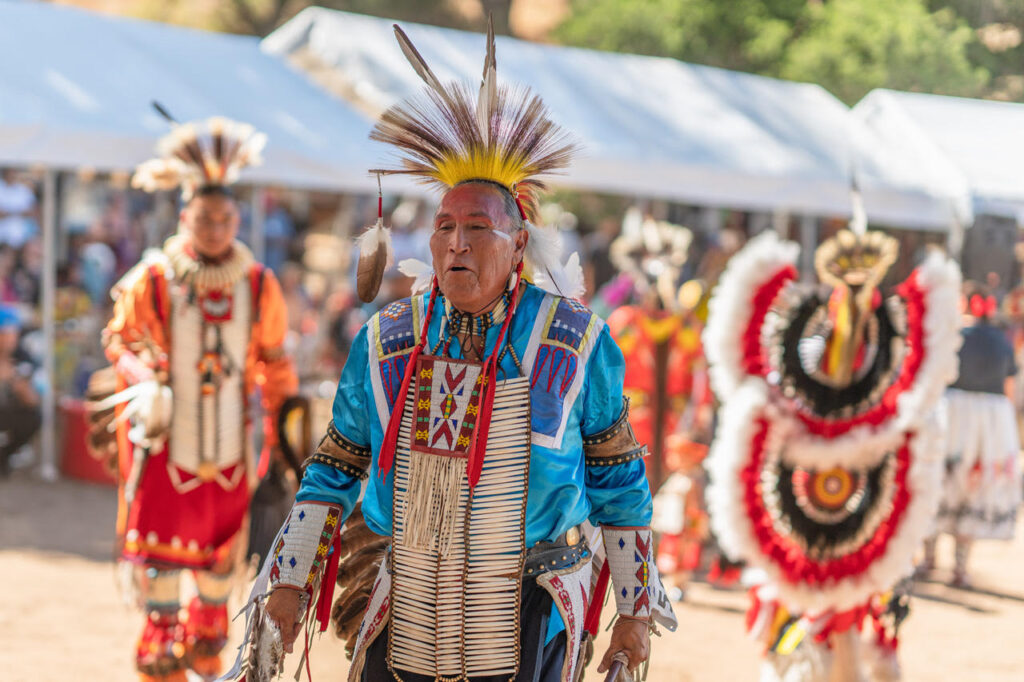*LOS ANGELES – At a community event headlined by Kareem Abdul-Jabbar, the City of Los Angeles’ Office of Historic Resources (OHR) and Getty announced today four new historic buildings that will be brought forward for nomination as City Landmarks (Historic-Cultural Monuments), all of which represent a piece of the region’s African American history. The designations are the result of the ongoing work of African American Historic Places, Los Angeles (AAHPLA; formerly Los Angeles African American Historic Places Project), launched by the city and Getty in 2021 to identify, protect, and celebrate the city’s Black heritage.
The nominations were announced at a kickoff community engagement event for the project, where Abdul-Jabbar was interviewed by his longtime business partner Deborah Morales. They discussed his personal connection to the history of the Central Avenue jazz corridor as well as the potential to unearth hidden stories of African American history through AAHPLA.
Attendees learned about the project, met community leaders, historic preservation advocates, and cultural ambassadors, and shared personal connections to the places that are important to them.
“I am honored for the opportunity to add to the work that my colleagues and mentors are already doing with respect to reinserting the hidden history of African Americans into the larger narrative of Los Angeles history,” said Rita Cofield, associate project specialist at the Getty Conservation Institute and project leader of the AAHPLA project.
“The most exciting part of the project for me is doing the work to identify more historic sites associated with African Americans in a way that I hope will be more meaningful to the communities where they are found, because they will be leading the way.”
From the residence of former Los Angeles mayor Tom Bradley to a beloved community barbershop in Pacoima, the buildings nominated represent the many ways in which African American history was made throughout the city.
Despite ambitious and comprehensive survey efforts undertaken by the city, its traditional historic designation programs do not yet equitably encompass the diversity and richness of the African American experience in Los Angeles. Only about 4% of the city’s approximately 1,280 locally designated landmarks (Historic-Cultural Monuments) currently reflect associations with African American history. The AAHPLA project team seeks to increase representation in this area and use the project as a model for future projects for the history of other races and ethnic groups in the region.
“We’re pleased to begin advancing additional African American heritage sites for historic designation and engaging with the community more deeply to gather stories about significant places that have long been overlooked, while we also reevaluate the City’s historic preservation policies and practices through an equity lens,” said Vince Bertoni director of Planning with the City of Los Angeles.
The AAHPLA team is currently working with local communities to gather meaningful input into the local monument nomination process. It has also created an advisory committee made up of civic, community, and cultural leaders, all with an expertise that relates to African American heritage in LA. Future activities will be announced.
“Everyone involved in this project recognizes the importance of increasing public awareness of our African American Cultural Landmarks. We have put great care and consideration into how to approach this very complex and historically important project, and I am encouraged by the progress we have made,” said Roland Wiley, chairman of the Historic-Cultural Monument nominating committee of AAHPLA. “We are looking forward to the next phase of the project, in which we will deepen our engagement with African American communities across the city.”
The initial Historic-Cultural Monument nominations will go before the city’s Cultural Heritage Commission later this year, as the African American Historic Places project also works to prioritize additional sites for historic designation, expand the city’s historic preservation framework for African American history, and develop cultural preservation strategies with three historically African American neighborhoods.
Nominated buildings include:
California Eagle Offices
4071-4075 South Central Avenue, Los Angeles, CA 90011
The California Eagle, the oldest African American newspaper in Los Angeles, traces its origins to 1879, when John J. Neimore, a Texan, started the paper. It was first known as The Owl, later to become the Eagle, and when Charlotta Bass took control of the paper, the California Eagle. Bass is believed to be the first African American woman to own and operate a newspaper in the United States, and she published the California Eagle from 1912 until 1951. In 1952, Bass became the first African American woman nominated for Vice President, as a candidate of the Progressive Party. The newspaper was located in this building from approximately 1939 to 1942.
First African Methodist Episcopal Church
2270 S. Harvard Blvd, Los Angeles, CA 90018
Designed by celebrated Black architect Paul R. Williams, the church was constructed by 1968 to accommodate the growing number of members of the First African Methodist Episcopal Church. When Williams passed away in 1980, his funeral was held in the church.
StylesVille Beauty & Barbershop
13161 Van Nuys Blvd, Pacoima, CA 91331
Established in 1958, StylesVille is the oldest Black barbershop and beauty salon in the San Fernando Valley, and perhaps all of Los Angeles. Opened by Freddie and Ollie Carter, the barbershop is currently operated by a third-generation family member, Greg Carter Faucett, who began cutting hair when he was 10 years old.
Tom and Ethel Bradley Residence
3807 Welland Ave, Los Angeles, CA 90008
Tom Bradley (1917-1998) was the mayor of Los Angeles from 1973 to 1993. He was the first African American mayor of the city and his 20 years in office mark the longest tenure by any mayor in the city’s history. He lived in the house when he was elected to the City Council in 1963 until 1977 when he moved into The Getty House (the mayor’s official residence), where he resided until 1993.
For more information about the project, visit https://www.getty.edu/projects/los-angeles-african-american-historic-places/
Getty is a leading global arts organization committed to the exhibition, conservation, and understanding of the world’s artistic and cultural heritage. Based in Los Angeles, Getty’s Foundation, Conservation Institute, Museum, and Research Institute work collaboratively with partners around the world. Getty shares art, knowledge, and resources online at Getty.edu and welcomes the public for free at its Getty Center and the Getty Villa.
The Getty Conservation Institute (GCI) works internationally to advance conservation practice in the visual arts—broadly interpreted to include objects, collections, architecture, and sites. The Institute serves the conservation community through scientific research, education and training, field projects, and the dissemination of information. In all its endeavors, the GCI creates and delivers knowledge that contributes to the conservation of the world’s cultural heritage.
source: Getty.edu





Recent Comments